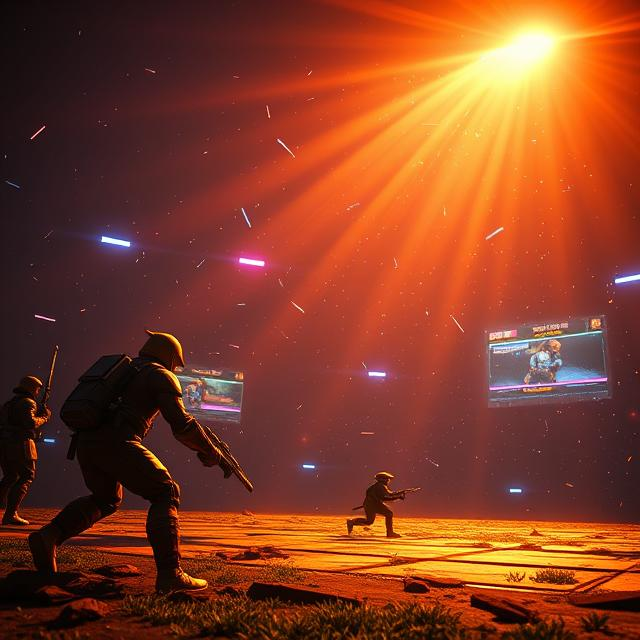Cutscenes and cinematics are essential storytelling tools in modern games, used to deliver narrative, introduce characters, or build emotional impact. Creating high-quality in-game cinematics requires specialized tools that combine animation, scripting, camera control, and sometimes even motion capture integration.
Unreal Engine stands out with its built-in cinematic system called Sequencer. Sequencer allows developers to choreograph complex scenes with keyframed animations, camera transitions, audio, and events. It’s widely used not just for gameplay cutscenes but even for high-end cinematic trailers. The Matrix Awakens demo is a prime example of Unreal’s power in real-time cinematics.
Unity provides the Timeline and Cinemachine systems. Timeline lets you create and organize sequences with tracks for animation, audio, and scripted events. Cinemachine is a powerful camera system that handles dynamic camera behaviors, transitions, and tracking with minimal coding. Combined, they offer a complete cinematic pipeline inside Unity.
For studios that require external animation workflows, software like Blender, Maya, or MotionBuilder is commonly used. These tools provide advanced rigging and keyframe animation, which can then be imported into game engines. Motion capture data from tools like Rokoko, Xsens, or Perception Neuron is often layered in for realistic character movement.
Cinematics are not just visual storytelling—they impact pacing, player immersion, and emotional depth. Whether it’s a dramatic intro, a mid-game twist, or a subtle character moment, cutscene software allows developers to script memorable moments that live far beyond gameplay.

Leave a Reply